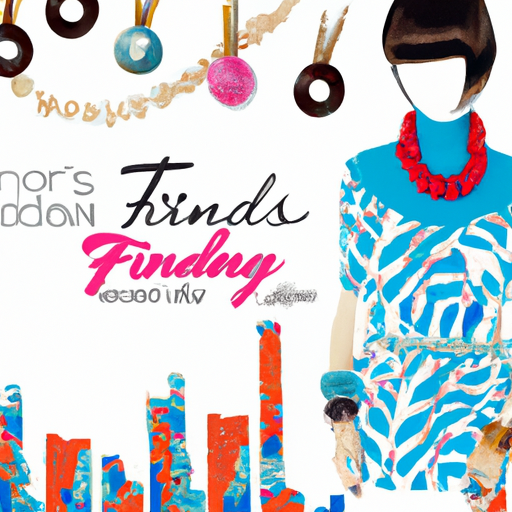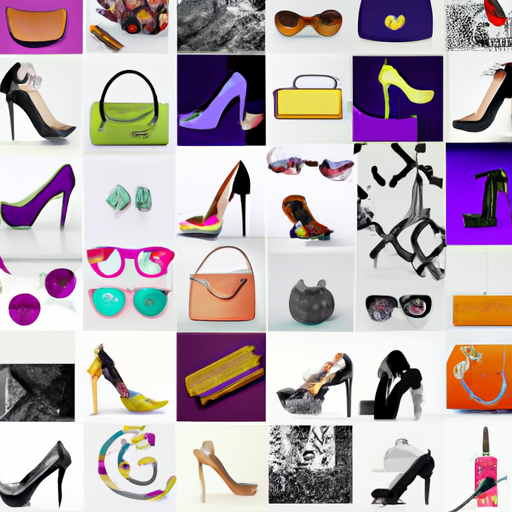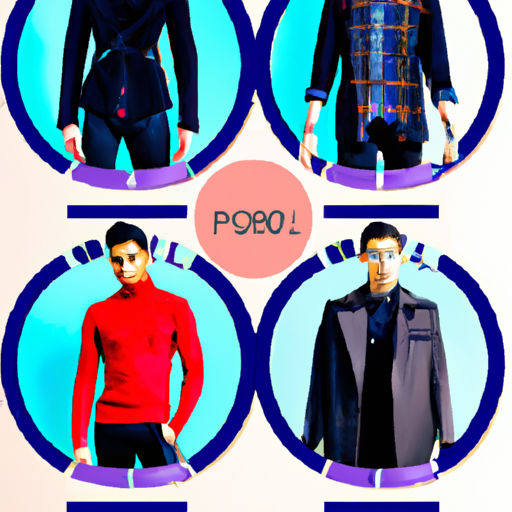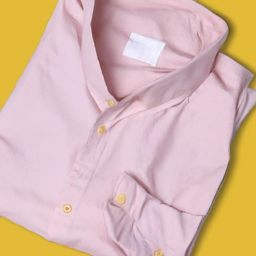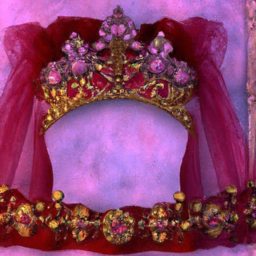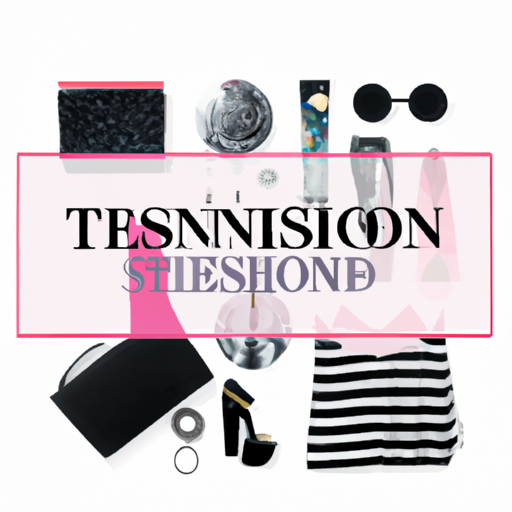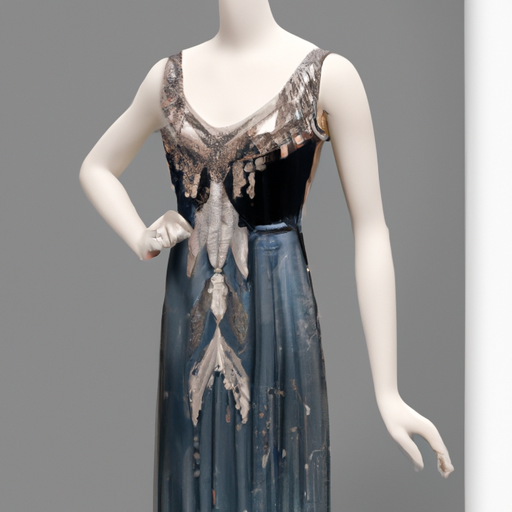Fashion Trends Definition
So, you like to stay on top of the latest fashion trends, huh? Well, my friend, you’ve come to the right place. In this article, we’re going to break down the very essence of what a fashion trend is all about. We’ll explore the ever-evolving world of style and dissect how these trends come to be. Get ready to unlock the secrets behind fashion’s most captivating and influential forces. It’s time to embark on a journey into the realm of fashion trends and discover what truly defines them. Ready? Let’s go!
Table of Contents
Fashion Trends Definition
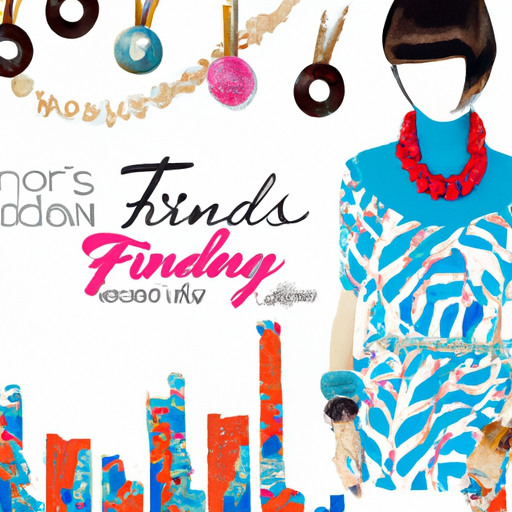
What are Fashion Trends?
Fashion trends refer to the popular styles or preferences in clothing and accessories that are embraced by a large number of people at a given time. These trends are influenced by various factors such as runway shows, celebrity endorsements, social media, and cultural movements. Fashion trends are ever-evolving and can vary in duration, from short-lived fads to long-lasting classics. They provide individuals with an opportunity to express their personal style and stay updated with the latest fashion movements.
Evolution of Fashion Trends
Fashion trends have been an integral part of human culture for centuries. They have constantly evolved, reflecting changes in society, technology, and artistic movements. In ancient civilizations, fashion was a symbol of status and power, with different garments and accessories denoting one’s social standing. As time progressed, fashion became more accessible to the masses, with trends being set by monarchs, nobility, and influential individuals. The Industrial Revolution and mass production in the 19th century democratized fashion, allowing it to reach a wider audience.
Types of Fashion Trends
Fashion trends can be classified into various categories, catering to different styles and preferences. Some of the common types of fashion trends include:
Seasonal Trends: These trends change with the seasons, incorporating colors, prints, and fabrics that are appropriate for specific times of the year. For example, pastel colors and lightweight fabrics dominate spring and summer collections, while darker hues and heavier fabrics are favored during fall and winter.
Retro Trends: Retro trends refer to the revival of fashion styles from previous decades. It could be a resurgence of bell-bottom jeans from the 70s or oversized shoulder pads from the 80s. Retro trends allow individuals to embrace nostalgia and create unique looks by blending old and new fashion elements.
Street Style Trends: Street style trends are influenced by urban culture and the fashion choices of everyday individuals. This trend often takes inspiration from subcultures, music, art, and lifestyle. Street style trends are characterized by their edginess, individuality, and the blending of high-end fashion with casual attire.
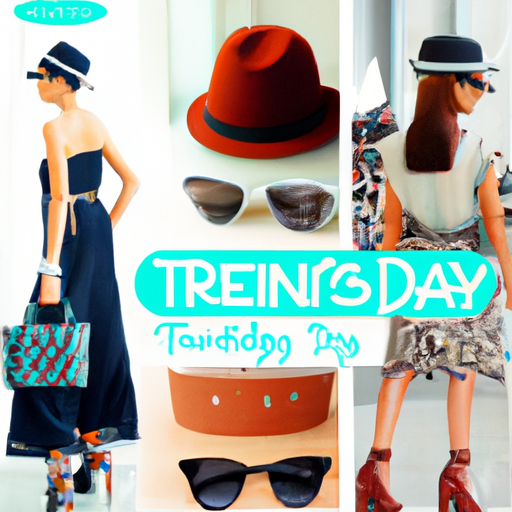
Fast Fashion vs. Slow Fashion
In recent years, the fashion industry has witnessed a shift in consumer behavior towards fast fashion and slow fashion. Fast fashion refers to the production of inexpensive clothing at a rapid pace, catering to the demand for trendy and affordable items. This approach often leads to unethical practices such as exploitative labor conditions and environmental degradation.
On the other hand, slow fashion emphasizes sustainable and ethical production practices. It focuses on creating high-quality garments that are made to last, promoting fair wages for workers, and minimizing the environmental impact. Slow fashion encourages consumers to invest in timeless pieces and reduce excessive consumption.
Factors Influencing Fashion Trends
Fashion trends are influenced by a myriad of factors that shape consumer preferences and industry dynamics. Some of the key factors include:
Runway Shows and Fashion Weeks: Major fashion events like runway shows and fashion weeks set the tone for upcoming trends. Designers showcase their new collections, providing a glimpse into the next season’s styles and inspiring fashion enthusiasts.
Celebrity Culture: Celebrities and influencers play a significant role in shaping fashion trends. Their red carpet appearances, social media posts, and collaborations with fashion brands often lead to the popularization of certain styles and brands.
Social Media and Influencer Marketing: The rise of social media platforms has facilitated the rapid spread of fashion trends. Influencers and fashion bloggers curate content showcasing their personal style, influencing their followers’ fashion choices and driving trends.
Cultural Movements: Social, political, and cultural movements can have a profound impact on fashion trends. For example, the rise of sustainable fashion is driven by the growing awareness of environmental issues and the demand for more ethical and eco-friendly clothing options.
Fashion Trend Forecasting
Fashion trend forecasting is a crucial aspect of the fashion industry, enabling brands and designers to anticipate consumer preferences and plan their collections accordingly. Trend forecasters analyze various factors such as consumer behavior, cultural influences, and market research to predict the direction of future fashion trends.
Forecasting is a multi-faceted process that involves trend analysis, consumer insights, and creative intuition. Trend forecasters attend fashion shows, analyze street style, monitor social media, and study consumer lifestyles to develop comprehensive trend reports. These reports serve as a valuable resource for industry professionals to make informed decisions about design, production, and marketing strategies.
Impact of Fashion Trends
Fashion trends have a significant impact on various aspects of society and the economy. They influence consumer behavior, shape the retail landscape, and contribute to cultural expression. Some of the key impacts of fashion trends include:
Consumer Identity and Self-expression: Fashion trends provide individuals with a means to express their personality, creativity, and cultural identity. It allows people to experiment with different styles and create their distinct fashion narratives.
Economic Growth and Employment: The fashion industry is a major contributor to economic growth and employment worldwide. Fashion trends drive consumer demand, resulting in increased production and sales, which in turn creates job opportunities across the supply chain.
Brand Differentiation and Competition: For fashion brands, staying on top of current trends is crucial for success. By incorporating popular trends into their designs, brands can differentiate themselves in a competitive market and attract a loyal customer base.
Social and Cultural Impact: Fashion trends often reflect and influence social and cultural norms. They can challenge traditional gender roles, promote inclusivity and diversity, and serve as a medium for cultural exchange and dialogue.
Fashion Trends and Sustainability
In recent years, there has been a growing concern about the environmental and social impact of fashion trends. The fast fashion model, characterized by constant production and disposal of clothing, has contributed to significant waste and pollution. To address these issues, there is a need for sustainable fashion trends that prioritize ethical practices and environmental responsibility.
Sustainable fashion trends focus on reducing waste, using eco-friendly materials, embracing circular economy principles, and promoting fair labor practices. This includes concepts like upcycling, slow fashion, capsule wardrobes, and vintage clothing. By embracing sustainable fashion trends, individuals can make a positive impact on the environment and support brands that prioritize ethical production methods.
Fashion Trends and Cultural Appropriation
Cultural appropriation has become a prevalent issue within the fashion industry. It occurs when elements of one culture are adopted by another culture without understanding or respecting the cultural significance behind them. Fashion trends can sometimes perpetuate cultural stereotypes or exploit traditional designs and symbols.
To address cultural appropriation, it is important for fashion brands and consumers to engage in cultural appreciation rather than appropriation. This involves understanding the historical and cultural context of certain styles, collaborating with artisans and designers from the respective cultures, and giving credit where credit is due. By embracing diversity and inclusivity, fashion trends can promote cultural exchange in a respectful and responsible manner.
The Future of Fashion Trends
The future of fashion trends is likely to be influenced by various factors such as sustainability, technology, and shifting consumer preferences. Sustainability will continue to be a dominant force, with more eco-friendly materials, recycling initiatives, and circular fashion practices gaining popularity. Technology will play a significant role in shaping trends, with virtual reality fashion experiences, digital retail, and data-driven trend forecasting becoming more prevalent.
In terms of consumer preferences, there is a growing demand for personalized fashion experiences and inclusivity. Brands that embrace size inclusivity, diverse representation, and customization options are likely to thrive in the future. Additionally, the fashion industry will need to address its reliance on fast fashion and work towards a more sustainable and ethical model.
Overall, fashion trends will continue to evolve and adapt to the changing needs and aspirations of individuals and society as a whole. By embracing responsible and inclusive fashion choices, we can contribute to a more sustainable and diverse fashion landscape.
